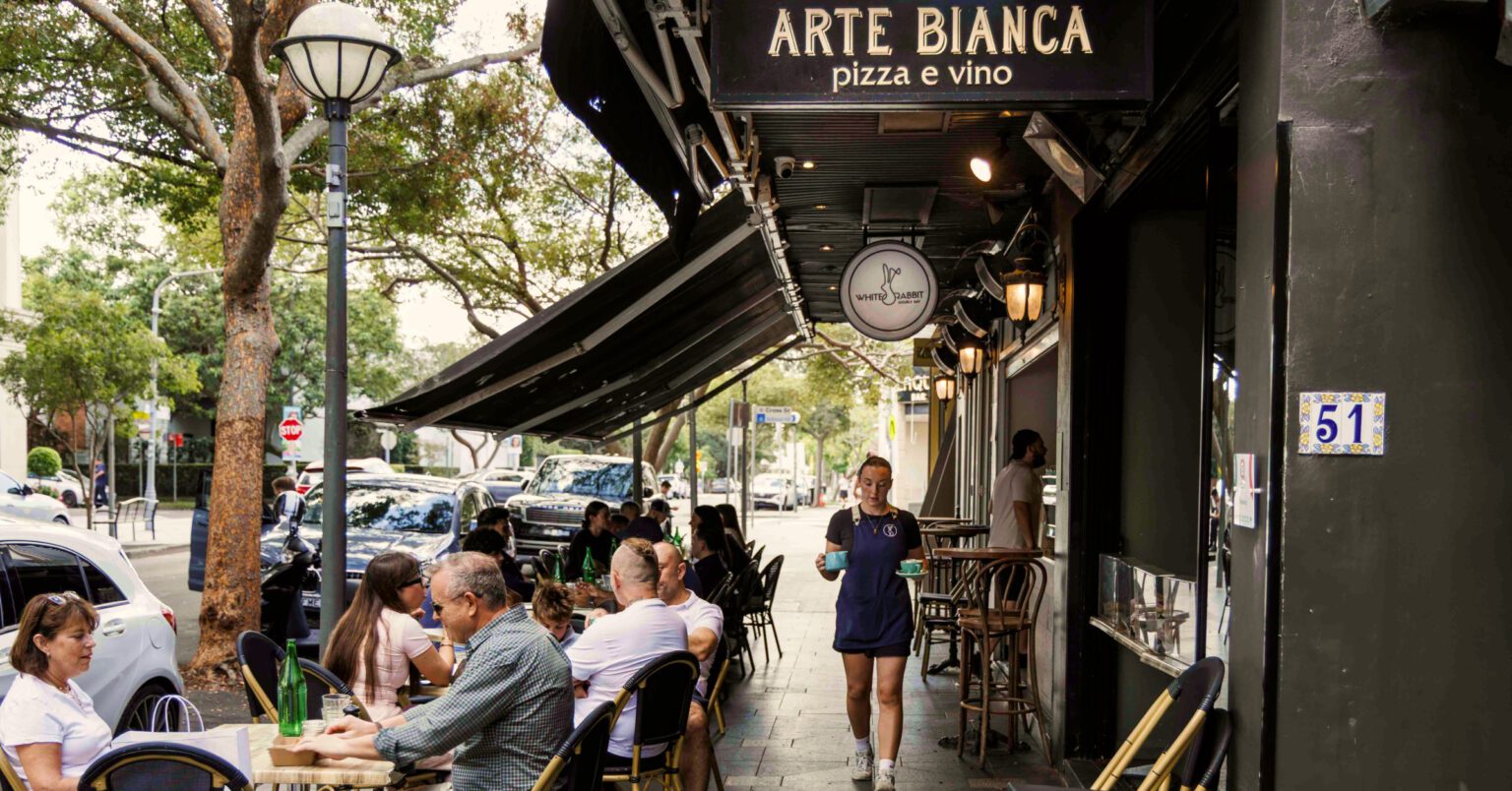Sure, the holiday period might be the ‘most wonderful time of the year’, but it’s also one of the most lucrative times for retailers. With Christmas, New Year and back-to-school purchases to be made, it’s a great time for online retailers to consider launching a temporary bricks-and-mortar store.
So if you’d like to pop up somewhere this holiday season, here’s how:
1. Determine your objectives
Scott Williams is known as ‘The Pop Up Guy’. He curates the online forum popUPshops Australia and over the past nine years he’s helped thousands of stores appear – seemingly out of nowhere – via his supply business instant retail.
He says the first thing you should do is to set your objectives.
“Ask yourself ‘why am I doing the pop-up?’ and be realistic about that,” he suggests.
“Is it to meet more customers and get feedback? Try a new product? Find out what your demographic is? Make a profit? Clear a warehouse full of inventory at a discount? Test out a shift to bricks-and-mortar more permanently?”
Williams says by starting out with a clear understanding of your objectives, you can tailor your budget and measure your success accordingly.
2. Prepare to open
The big mistakes Williams sees business owners make are underestimating the effort it takes to launch a pop-up shop and how quickly everything must happen.
“You can’t actually book a lot of these spaces months in advance. You might have a few weeks’ notice at most,” he says.
“And a lot of things have got to happen – you’ve got to get your stock ready, your marketing, everything else.”
Here’s a checklist of what you need to get in order to open a pop-up shop:
Stock
Unless you’re dealing with perishables, it’s a good idea to get all your stock ready to go first.
“I’ve had clients say, ‘the stock is hopefully coming on Thursday. It left India a month ago, but it hasn’t actually landed yet’,” Williams says.
“So until you’ve physically got the stock in your hands, I wouldn’t be pushing any buttons.”
Fixtures and fittings
All pop-ups are likely to need payment facilities, which can take up to a few weeks to arrange with your bank.
Then – depending on your line of business – you may also need racks, shelving, display cabinets, fitting rooms, tables and chairs, and perhaps some props and a dash of novelty.
“You might want to go to some extra effort to make your shop a bit different – events, competitions or special features that draw people in and make a pop-up a real talking point,” Williams says.
Marketing
Danielle Goodwin is a pop-up veteran, having run dozens of Hawkeye Vintage pop-up shops over the past eight years.
Speaking from Tokyo, where she’s running her latest pop-up, Goodwin stresses the importance of good marketing.
“Don’t expect to open the doors and have people flooding in,” she says.
“Having a pop-up store is all about the marketing behind the scenes to get people to know about the event or sale. Most of the work needs to be put in there.”
As well as getting the word out to your existing customers via your website, email and social channels (ideally building some hype in the week’s leading up to the launch), consider how you are going to alert potential new customers in the area. Local noticeboards (both physical and digital) are a good bet, as well as general signage aimed at nearby foot traffic.
Security and insurance
Don’t forget to protect your venture against risks. Public liability insurance is a must, and you could also consider inventory insurance and product liability insurance if they’re not already included in your online business insurance.
Goodwin says security is another consideration.
“For us, the biggest challenge is crowd control and the line up to get into our pop-up sales,” she says.
“We managed to create a free ticket service so we know what to expect for the event, and how much staff and security is needed.”
3. Find a location
There are two main ways to find a pop-up store location, according to Williams: the online way and the old-fashioned way.
“There are a few sites online, including AnySpaces.com, which is an online booking portal that lists shopping centres, retail shops and venues. That’s the easiest way,” he says.
“The hard way is to do the legwork – so if you have an idea that you want to do your pop-up shop on Smith Street you need to walk along the street looking out for vacancies and ‘For Lease’ signs.”
4. Manage the costs
So how much does it cost to run a pop-up shop?
“It would depend on the space, shop or location you find and the rent,” Goodwin says.
“But other than the rent, an advertising budget needs to be set out, then you’ve got event set up costs – like props, staff, security, shopping bags and the stock. You could be up for $20,000 for a month-long set-up.”
Williams says expect to pay at least $5,000–$10,000 for about a week.
While that might sound like a lot, it’s a lot cheaper than taking the risk of opening a permanent bricks-and-mortar store.
“The beauty of a pop-up shop is you can get out of it easily,” Williams says, “If it doesn’t work out you could just walk away.”
If you need capital to open a pop-up store, a small business loan from Prospa could be the answer. Find out more.








